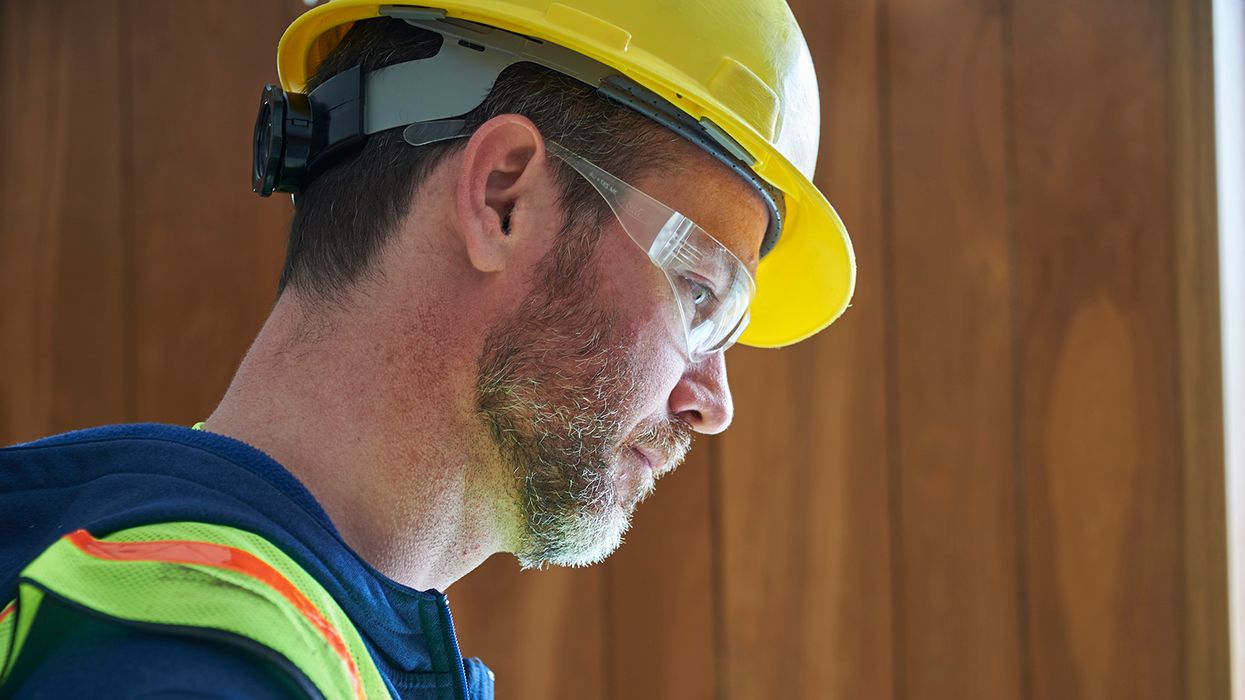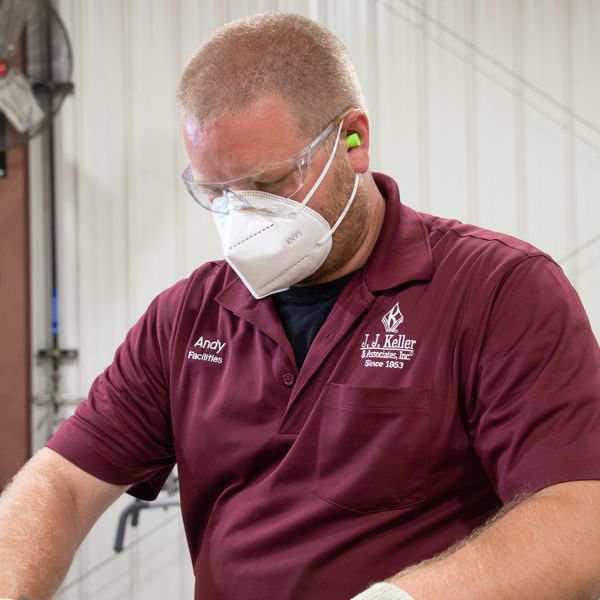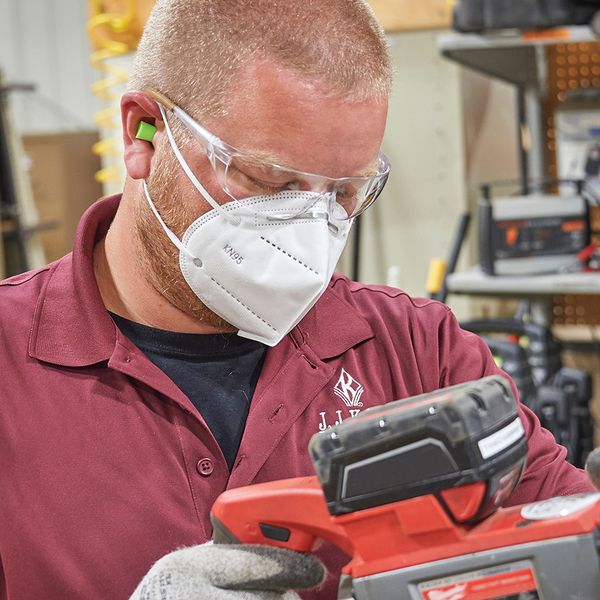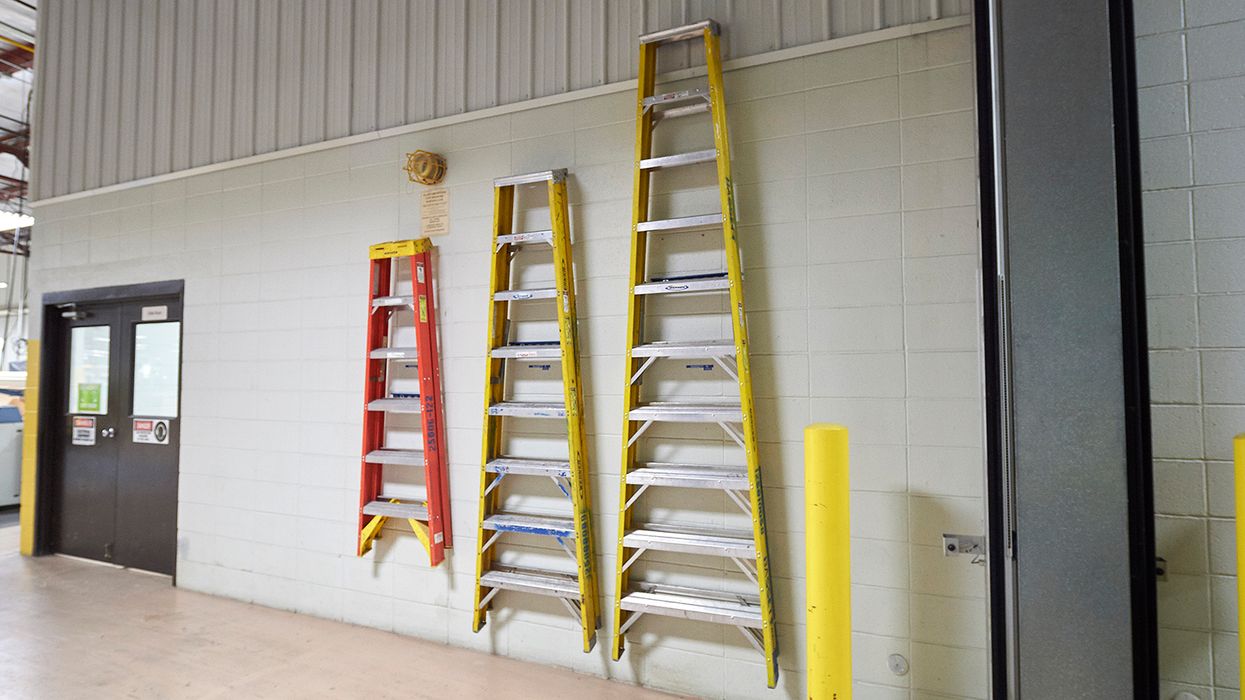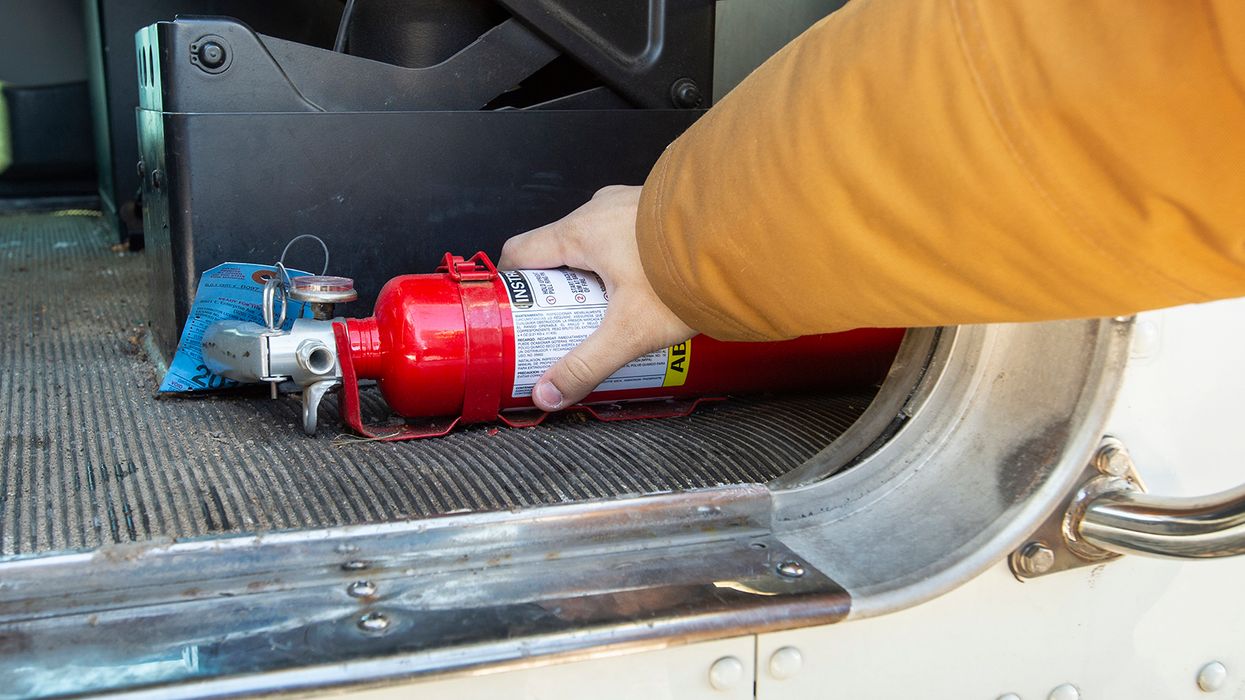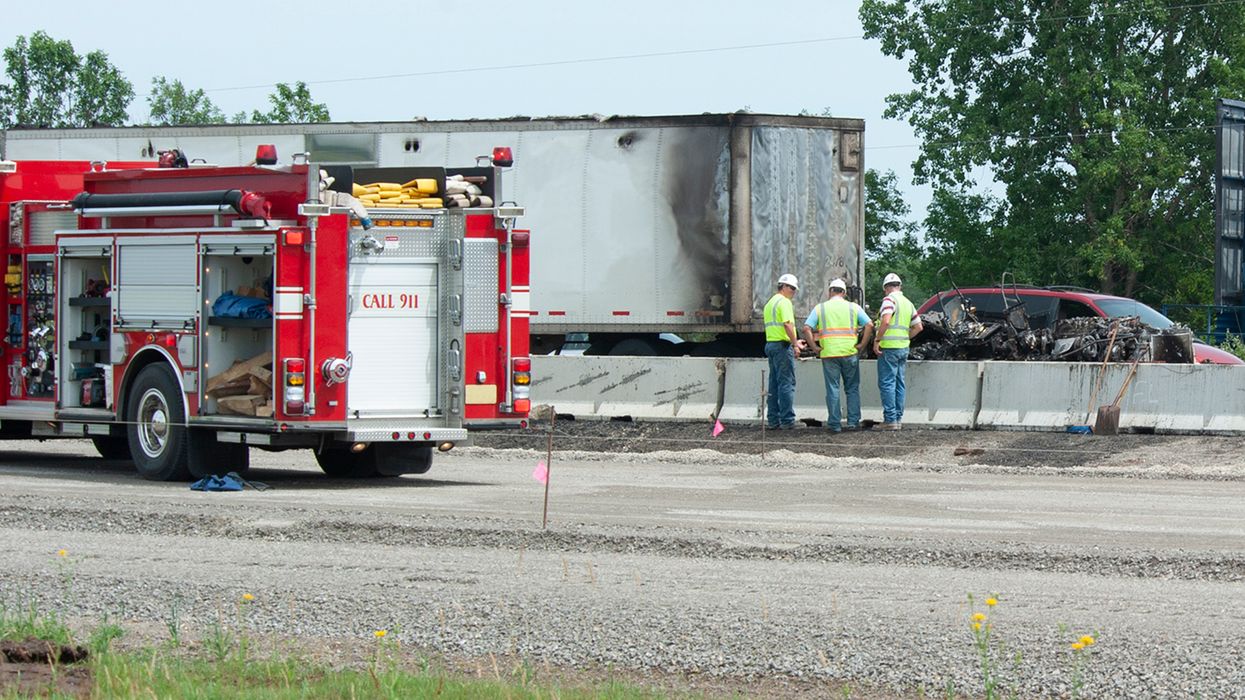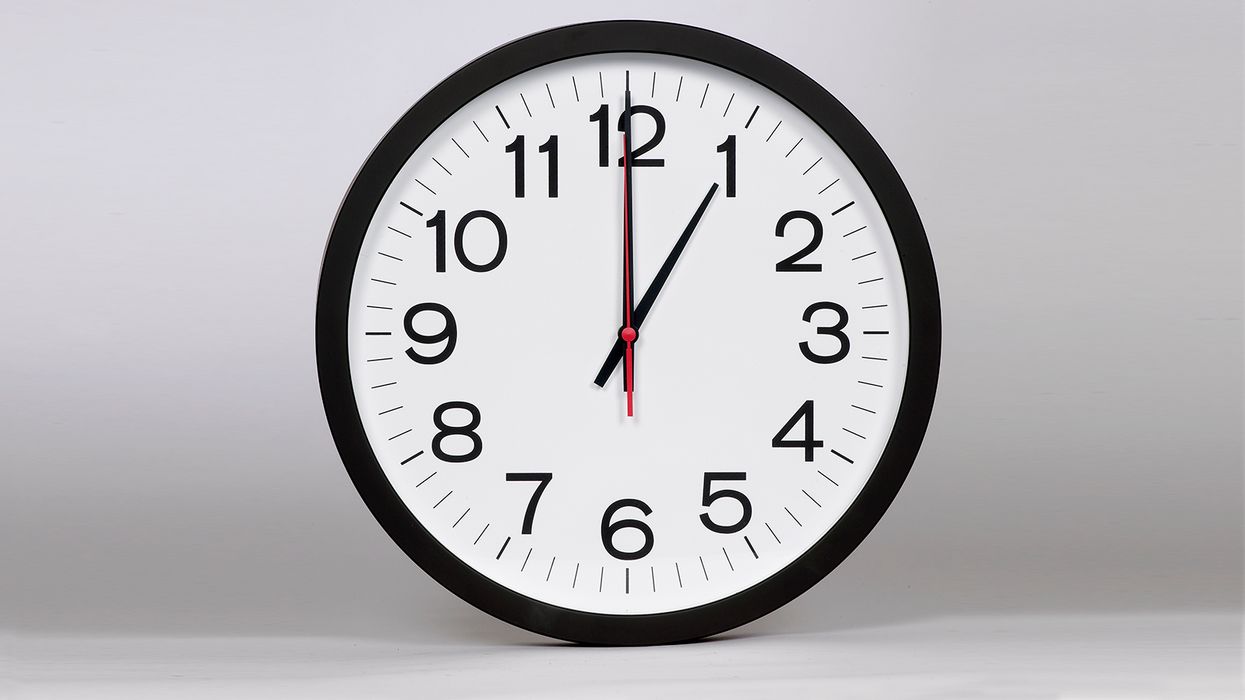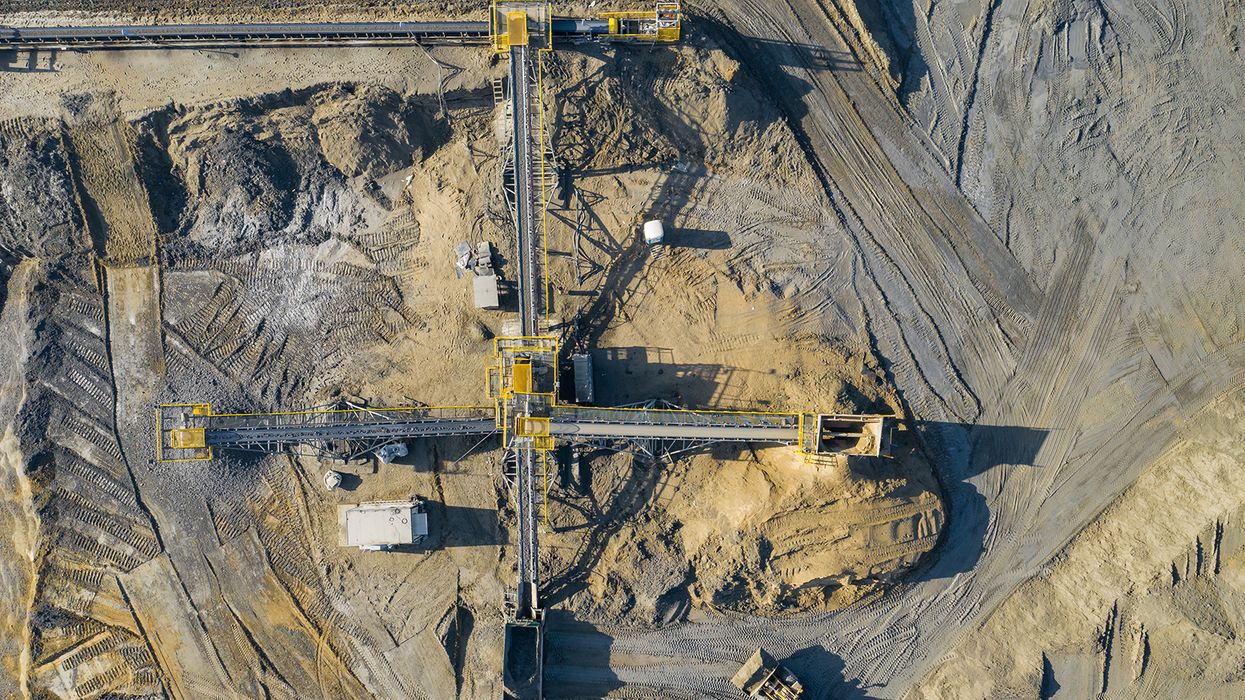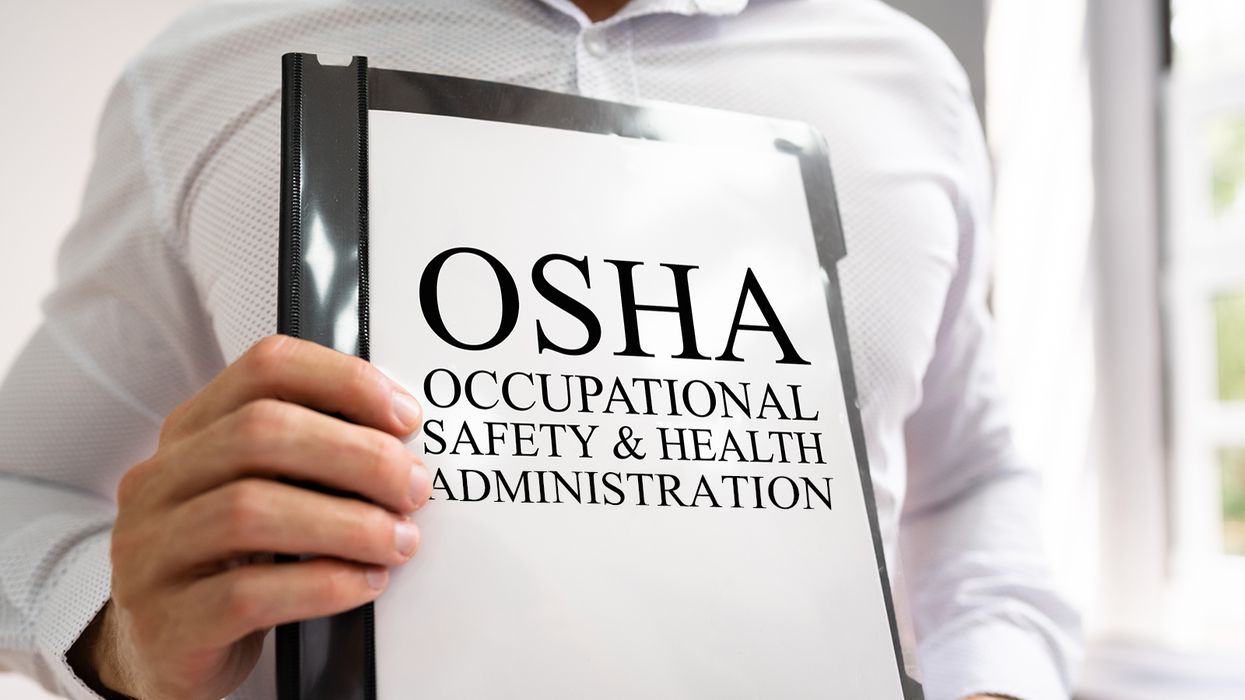With facial hair, are beard bands the answer to tight-fit respirators?
NIOSH is about to study this important question! If beard bands are found to be effective, it may persuade OSHA to carve an exception within 29 CFR 1910.134 for workers with certain facial hair when bands are worn with a tight-fit respirator. That would be a game changer for bearded workers and respirator compliance!
NIOSH posted a notice in the Federal Register this summer announcing the project, “Fit Testing of Respirators on Those Wearing Beard Bands.” The agency wants to see how well respirators protect workers with facial hair when using a beard band. This is a smooth band placed over the chin and beard while under the respirator sealing surface. It wraps around the head from the chin and secures at the top of the head.
NIOSH will examine various band products, respirator styles, and facial sizes. Beard band and respirator makers, along with NIOSH-approval holders, who’d like to participate in the study have until September 23 to submit a letter of intent to NIOSH. See the notice in the July 25 Federal Register.
Why is facial hair a problem?
Facial hair could result in facepiece seal leakage or interfere with respirator valve function. Therefore, OSHA inspectors keep an eye out for worker facial hair (more than one day's growth) between the sealing surface of a tight-fit respirator and the face.
When inspectors spot this, they cite the employer under OSHA 29 CFR 1910.134(g)(1)(i)(A). That reads: “Facepiece seal protection … The employer shall not permit respirators with tight-fitting facepieces to be worn by employees who have … Facial hair that comes between the sealing surface of the facepiece and the face or that interferes with valve function.”
Per the Respiratory Protection standard at 1910.134, fit testing is required for ALL workers using negative or positive pressure tight-fitting respirators where:
- Such respirators are required by OSHA, or
- The employer requires the use of such a respirator.
Yet, according to a September 14, 2012, OSHA letter of interpretation (LOI): “An employer whose records show a respirator wearer passing a [fit test] with facial hair in the respirator sealing surface area is not considered to be compliant with the standard. The fit that is achieved with a beard or facial hair is unpredictable; it may change daily depending on growth of the hair and position of the hair at the time the fit is tested.”
Some workers cannot simply shave
NIOSH points out that some workers with facial hair cannot shave because of religious, cultural, medical, or other reasons. OSHA’s longstanding answer for employers of these workers has been to offer alternative respirator types, such as a hood- or helmet-type respirator. OSHA admits, however, that these respirator types have limitations. The employer must determine the acceptability of such a respirator in each case.
OSHA’s December 16, 2021, LOI explains that labor laws may require employers to provide alternative respirators as a reasonable accommodation to workers who maintain facial hair because of a disability or sincerely held religious beliefs, practices, or observances.
COVID-19 changed everything
The COVID-19 pandemic highlighted the ongoing need for effective respirators for workers, especially in healthcare. Organizations and interest groups representing workers with facial hair who cannot shave approached NIOSH to conduct research. They suggested that NIOSH investigate fit effectiveness of the respirator when a beard band is used.
Study may open doors
NIOSH has accepted the challenge. This study may help:
- Increase respiratory protective devices available to wearers who cannot shave, and
- Expand respirator adoption by workers with beards, especially in healthcare and public safety.
This project seeks to support the use of respirators for workers with facial hair, including:
- Filtering facepiece respirators,
- Elastomeric half-mask respirators with particulate protections, or
- Full facepiece elastomeric respirators.
Results of this project may:
- Be referred to by NIOSH-approval holders to seek NIOSH approval for the use of beard bands as part of a respirator configuration.
- Provide data to support an OSHA policy regarding the appropriateness of using beard bands with certain respirators.
- Offer employers another means to conform with 1910.134.
- Increase compliance with 1910.134.
Certain facial hair is okay
OSHA clarifies that it’s okay if hair is allowed to grow on certain areas of the face like the temples, if it does not protrude under the respirator seal or extend far enough to interfere with the device's function. Acceptable facial hair style examples are listed in the September 14, 2012, LOI.
NIOSH too offers a popular infographic depicting which of 35 facial hairstyles do and don’t work with filtering facepiece respirators.
Key to remember
An upcoming NIOSH study will determine if tight-fit respirators are effective for bearded workers when a beard band is employed. This study could be a game changer for employers with workers with facial hair.

